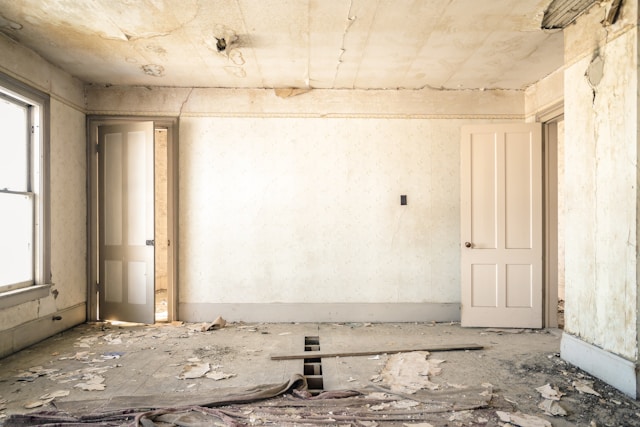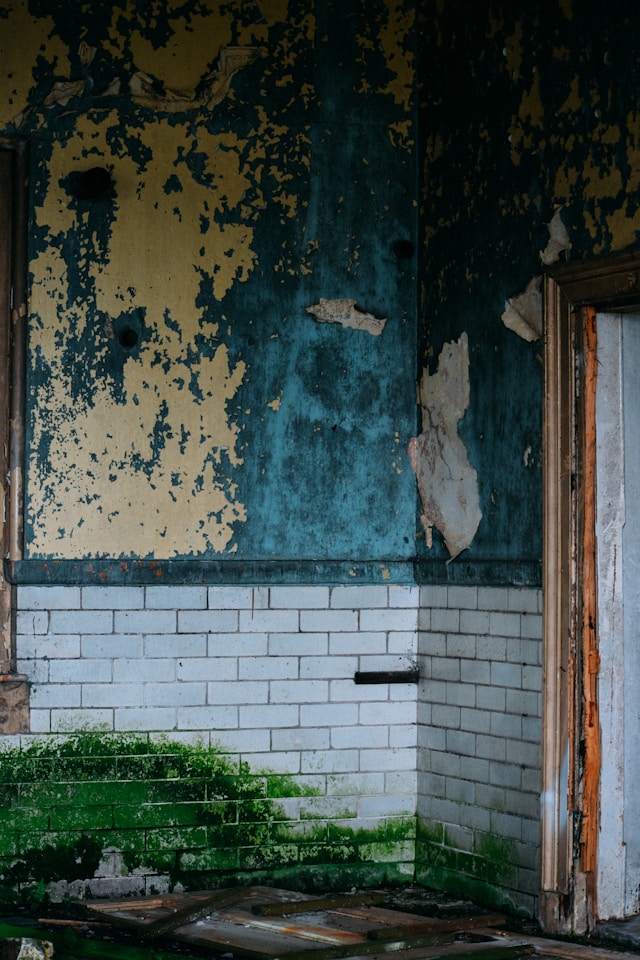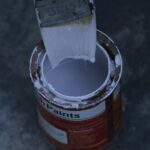Rising occurs when moisture from the ground rises up through the porous materials of a building, such as bricks, mortar, and stone, through a process known as capillary action. This phenomenon can lead to significant structural damage, aesthetic issues, and health problems if not properly addressed. This article explores the causes, symptoms, and solutions for rising damp, helping homeowners and property managers understand how to identify and manage this pervasive problem.
Rising damp is primarily caused by the failure of a building’s damp-proof course (DPC) or the absence of one altogether. An anti damp western australia is a horizontal barrier, usually made of slate or plastic, installed in the walls of a building near the ground level to prevent moisture from rising. Over time, the effectiveness of a DPC can deteriorate due to various factors such as age, building movements, or damage during construction works. In older buildings, a DPC might be missing entirely, making them more susceptible to rising damp.

The symptoms of rising damp are often visible and can help in early detection. One of the most common signs is the appearance of damp patches on walls, typically starting from the ground up to about one meter high. These patches may feel wet to the touch and can darken the wall surface. As the moisture travels upward, it can cause paint and wallpaper to peel, creating unsightly and potentially hazardous conditions.
Efflorescence, the presence of white, powdery deposits on walls, is another telltale sign of rising damp. This occurs when the water evaporates from the wall surface, leaving behind salts that were dissolved in the moisture. While efflorescence itself is not harmful, it indicates ongoing moisture problems that need to be addressed. Over time, the continuous presence of moisture can weaken the structural integrity of the building materials, leading to crumbling plaster, deteriorating mortar joints, and even structural instability.
The damp environment created by rising damp is conducive to the growth of mould and mildew, which can release spores into the air. Exposure to these spores can cause respiratory problems, allergies, and other health issues, particularly in vulnerable individuals such as children, the elderly, and those with pre-existing respiratory conditions. Therefore, addressing rising damp promptly is crucial not only for the maintenance of the building but also for the health of its occupants.

A professional surveyor or damp specialist can conduct a thorough inspection to determine the extent and source of the moisture. This often involves using moisture meters, inspecting the condition of the DPC, and checking for any breaches in the building’s damp-proofing system. Once the diagnosis is confirmed, appropriate remedial actions can be planned and executed.
There are several methods to treat rising damp, depending on the severity and specific circumstances of the problem. This can be achieved through various techniques, such as chemical injection, where a damp-proofing solution is injected into the walls to create a moisture barrier. Another method is the insertion of physical barriers, such as damp-proof membranes, into the walls to prevent moisture from rising. In cases where the existing DPC is compromised, repairing or replacing it can effectively mitigate rising damp.
















